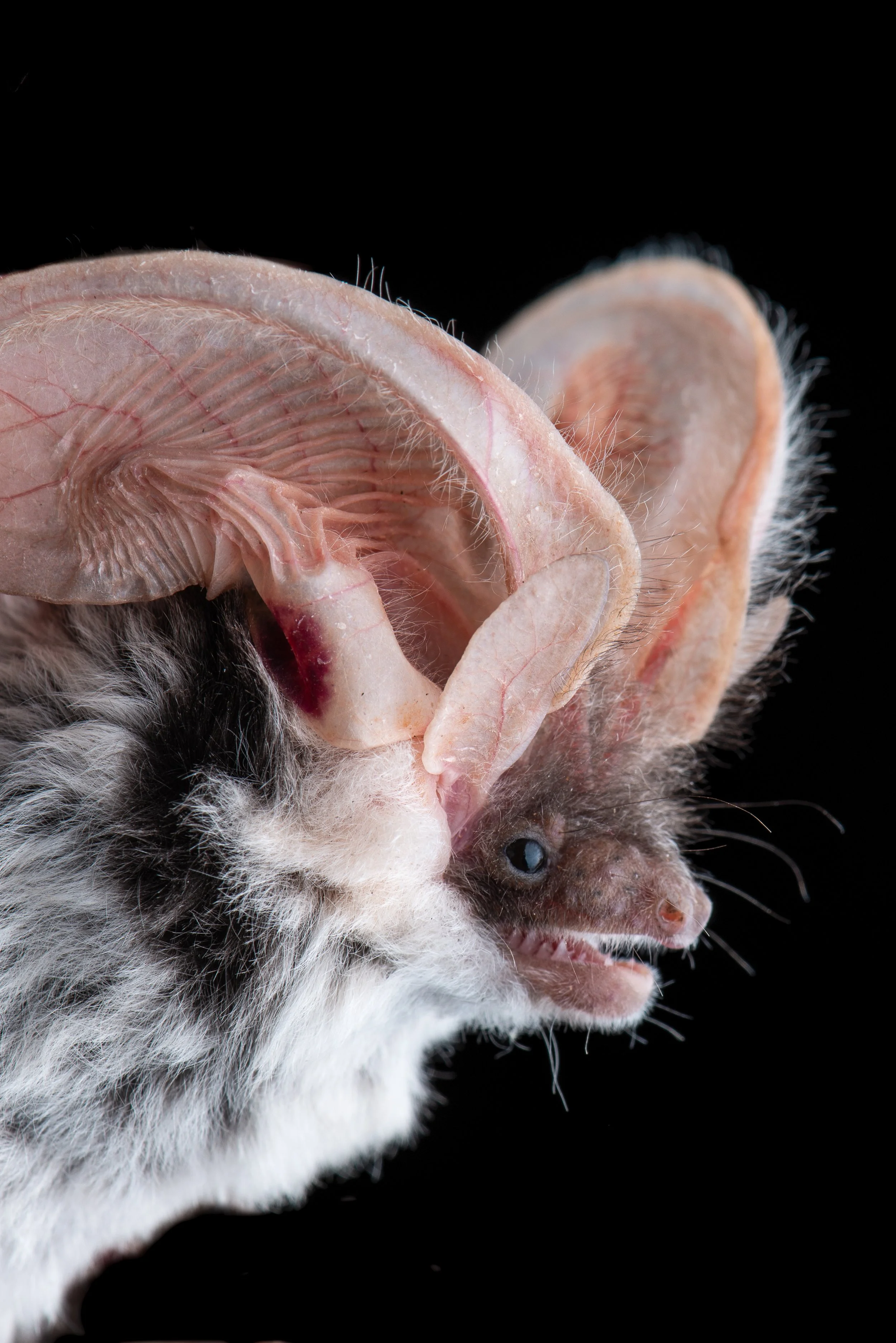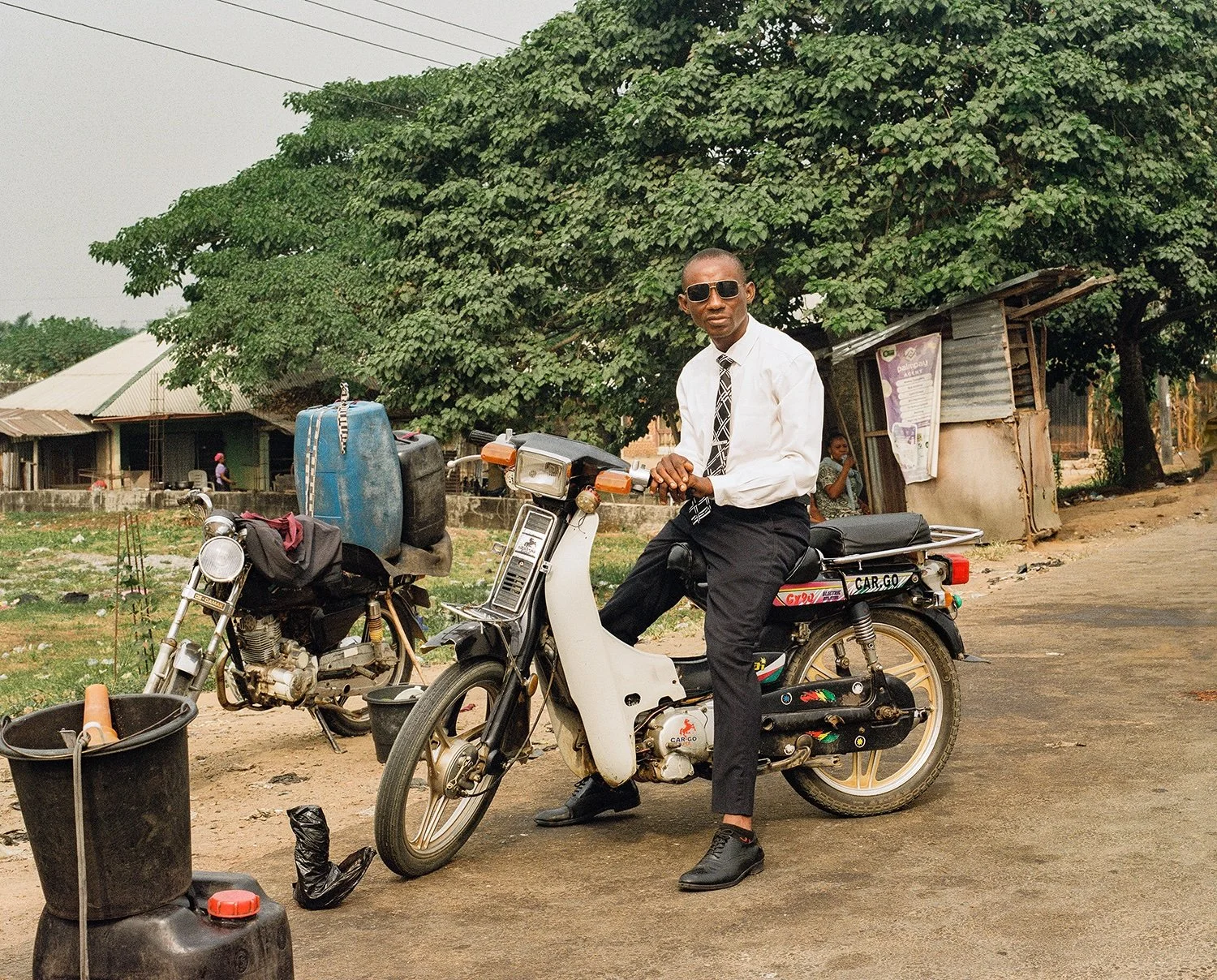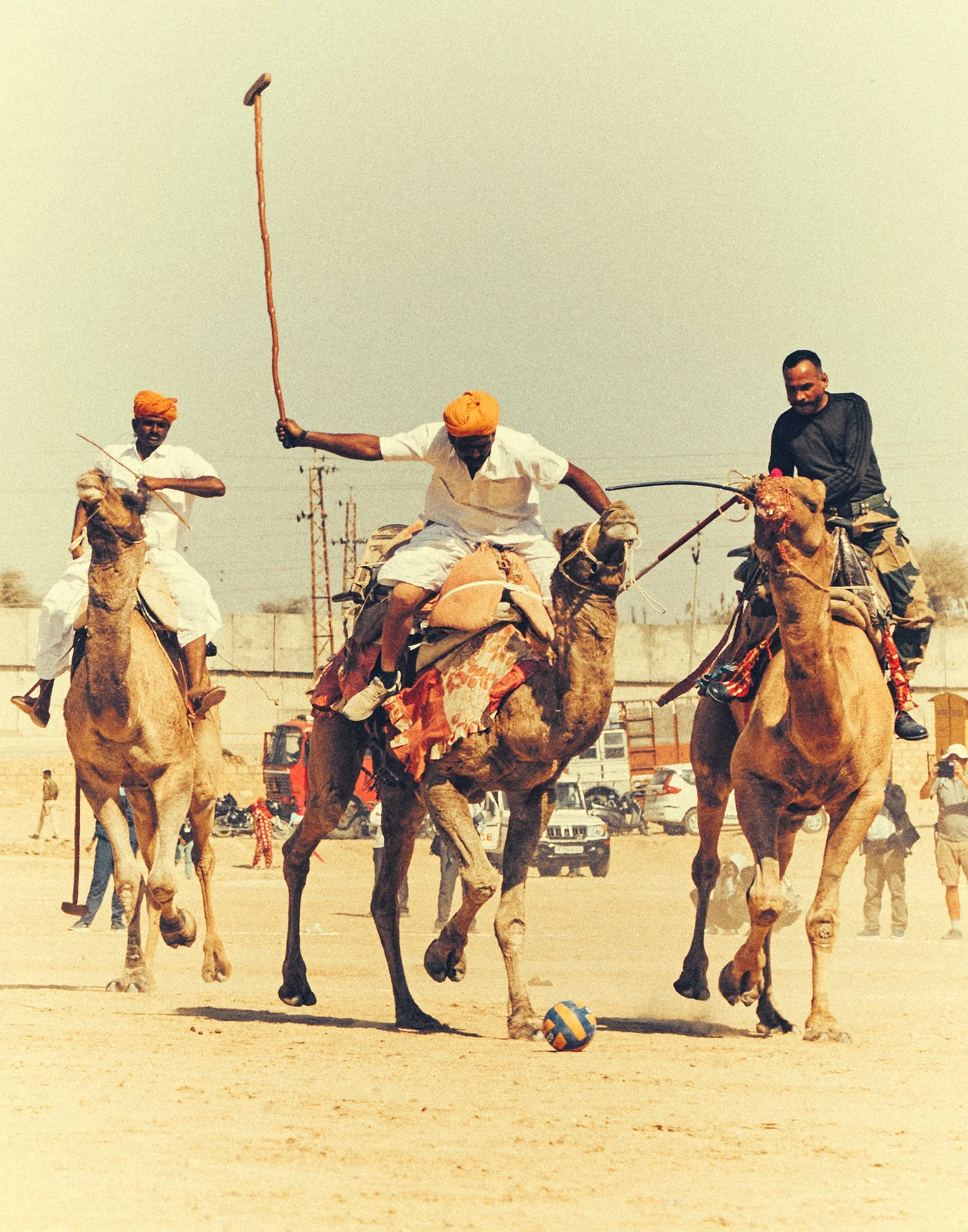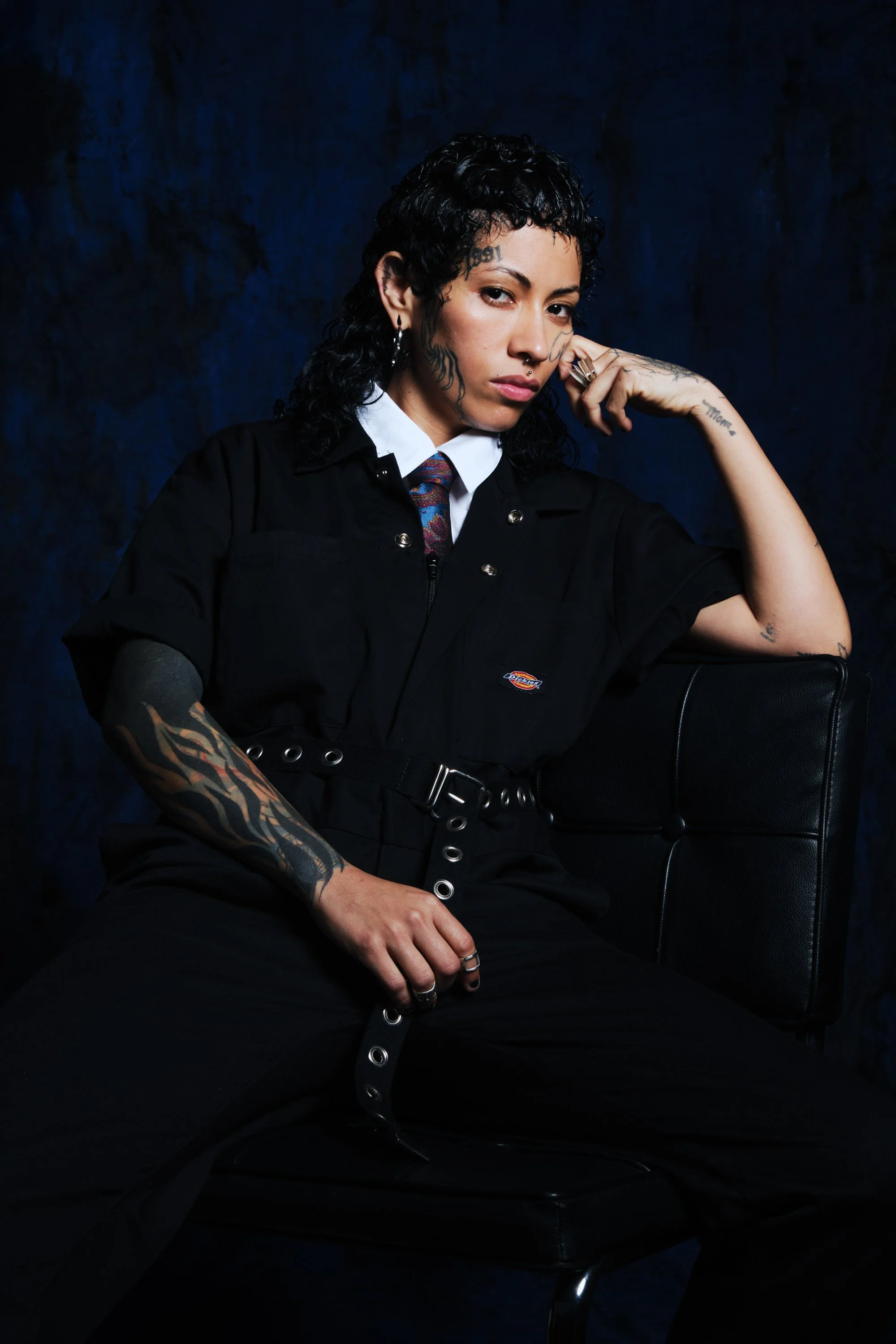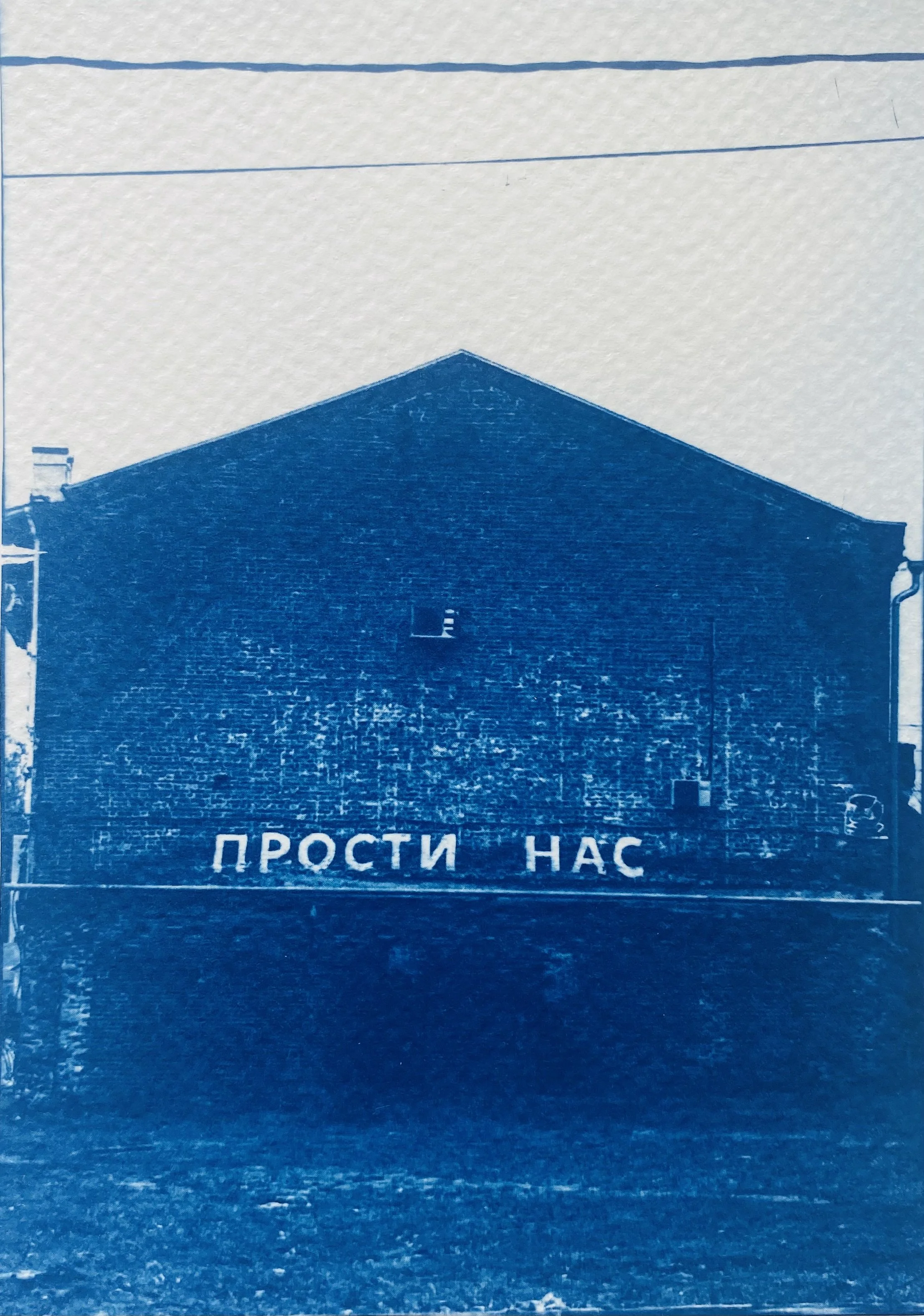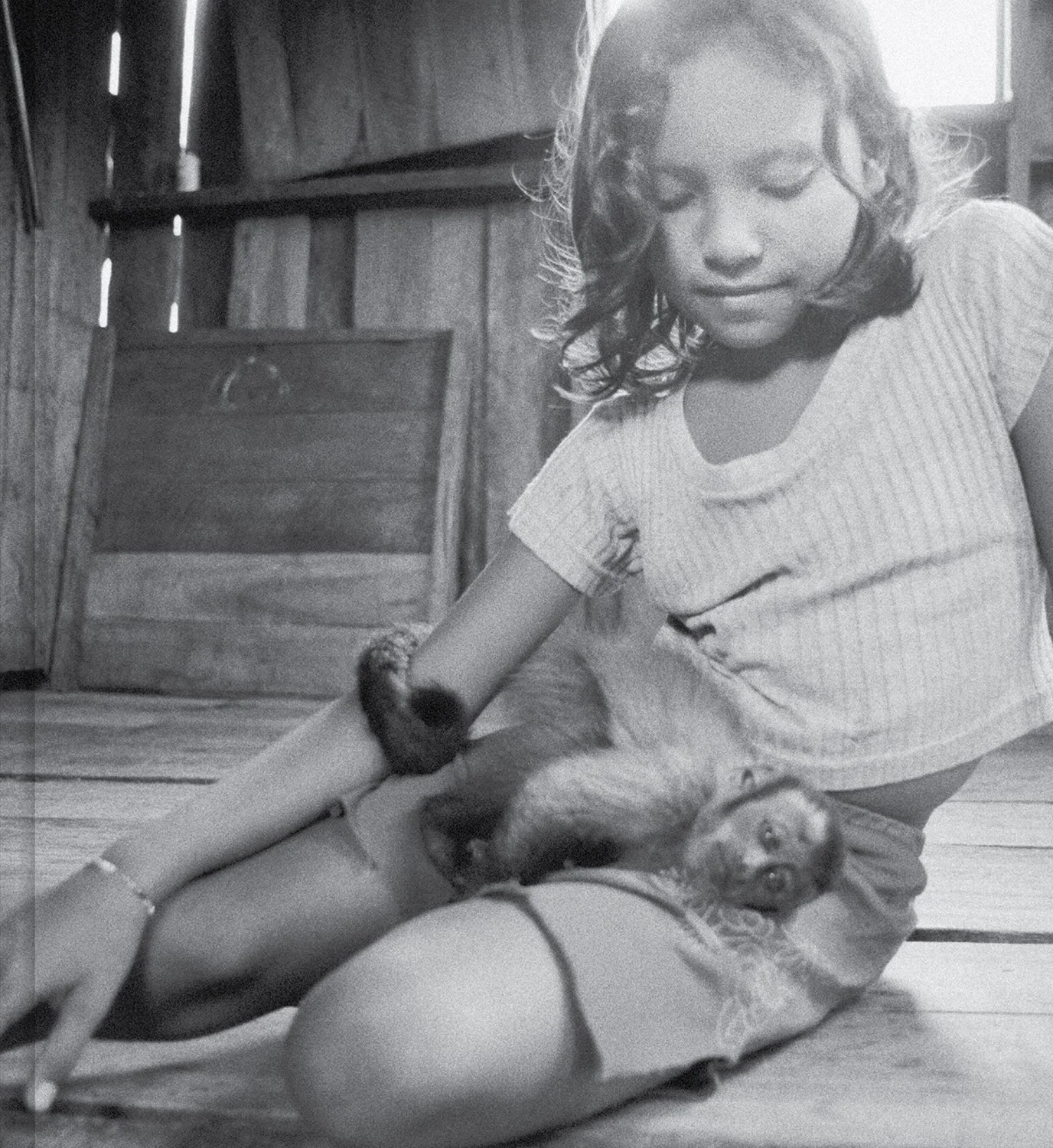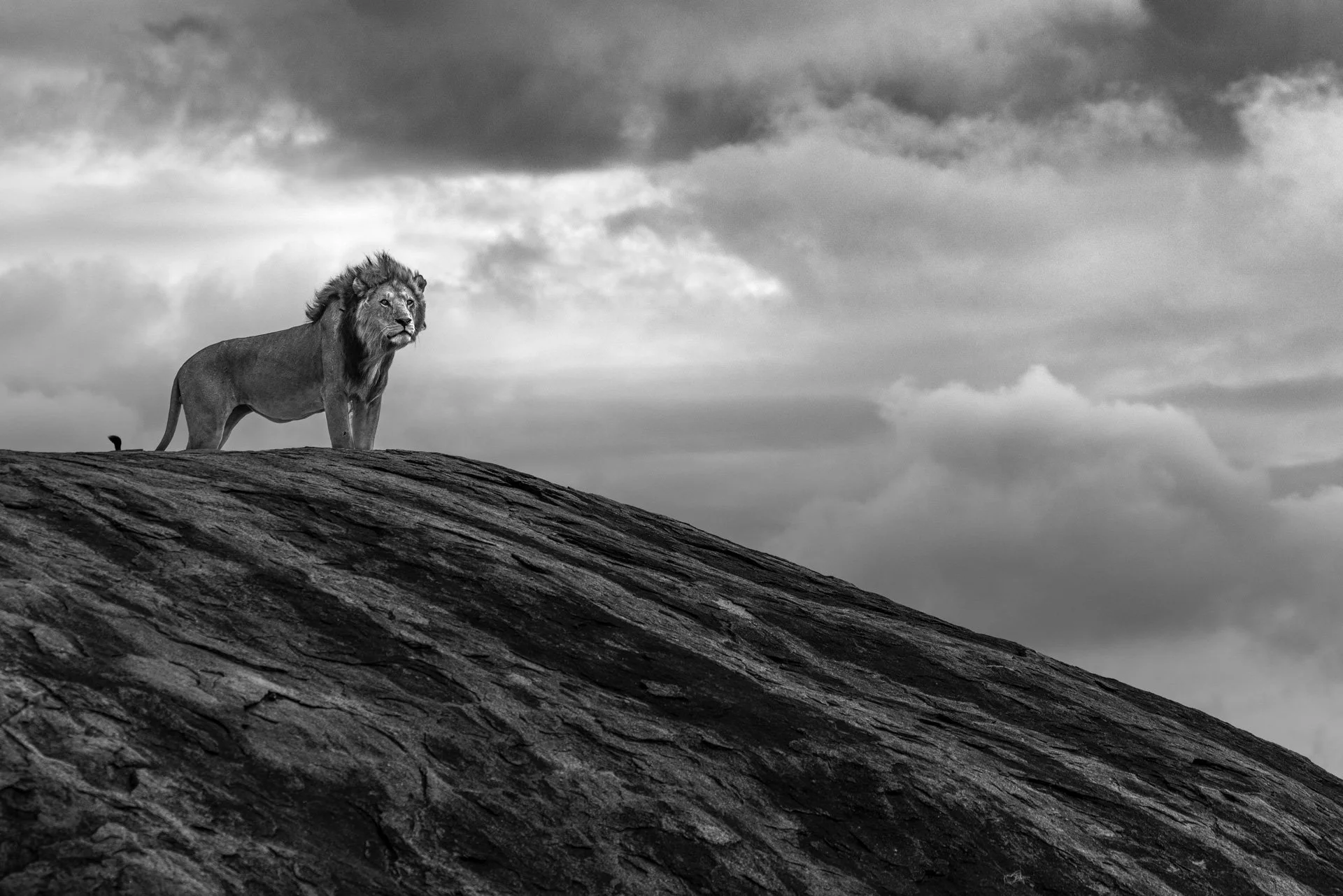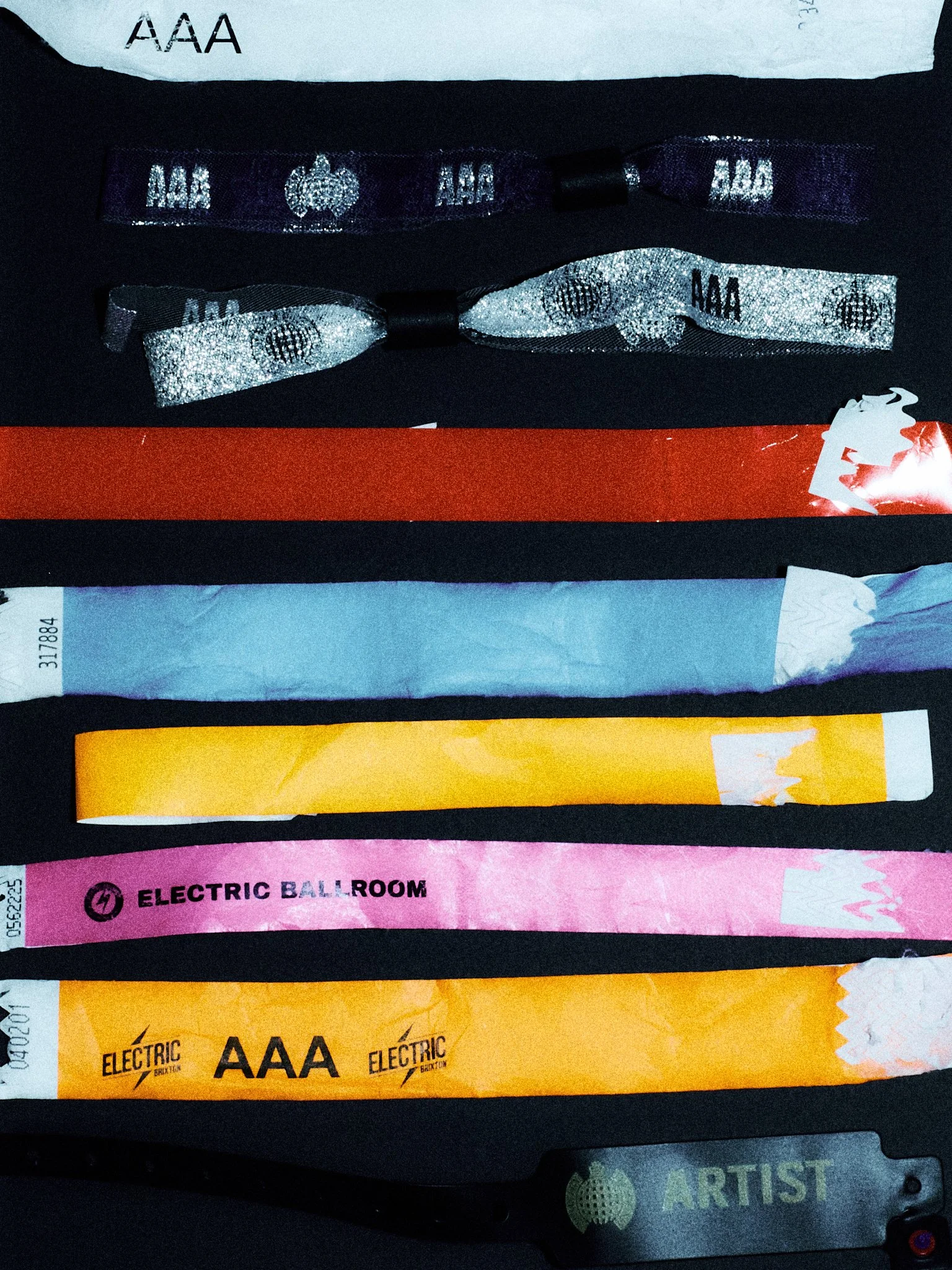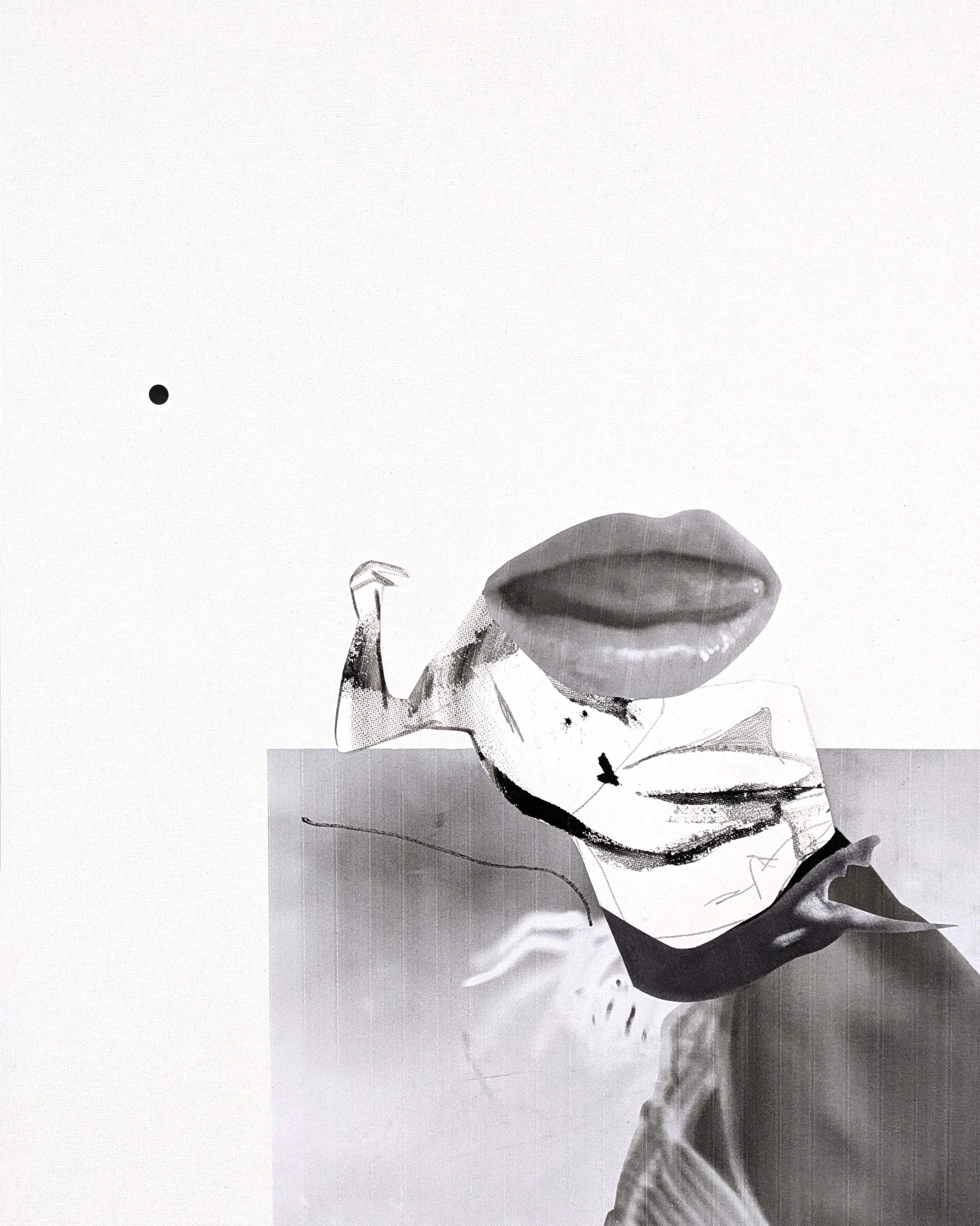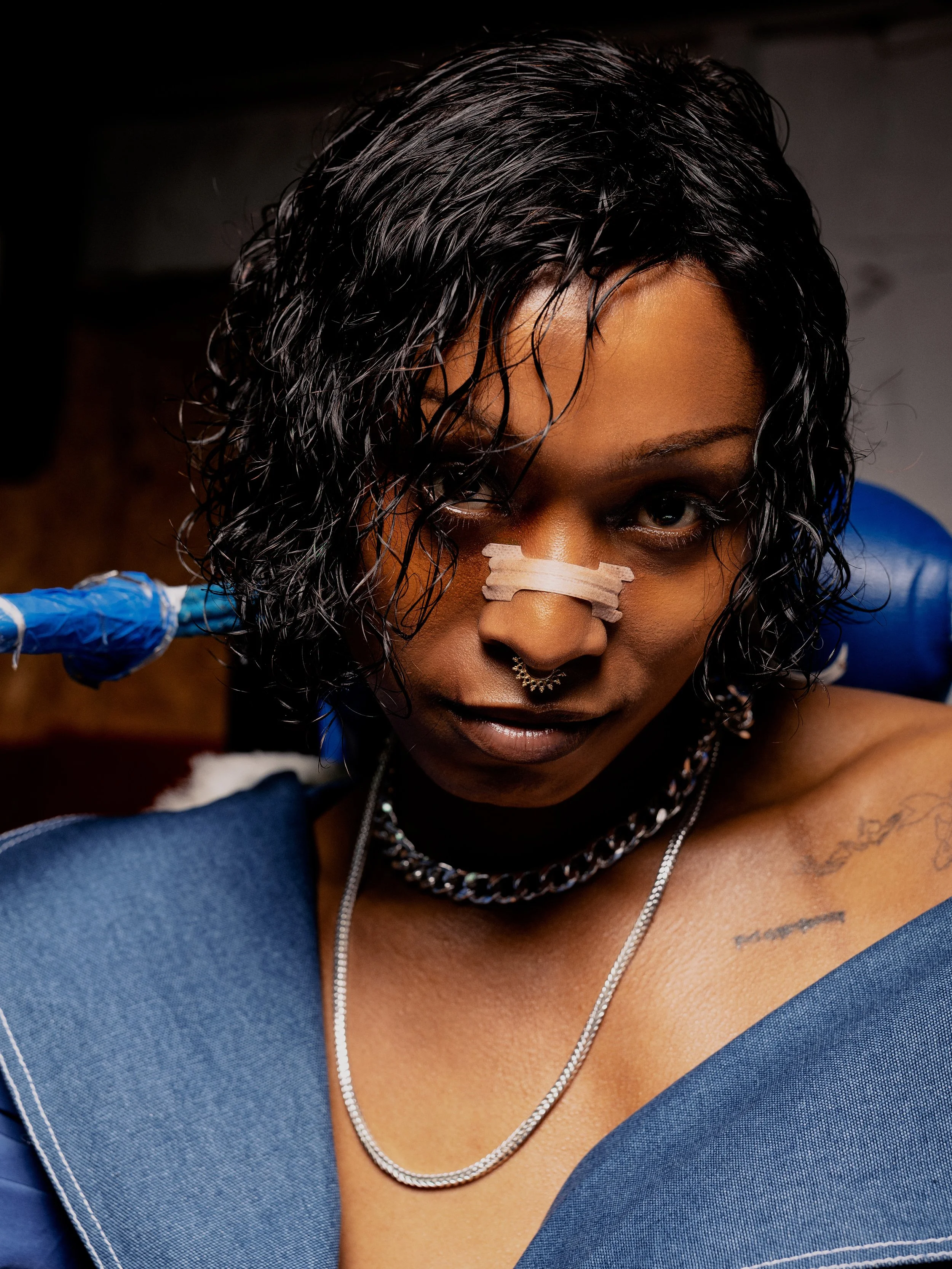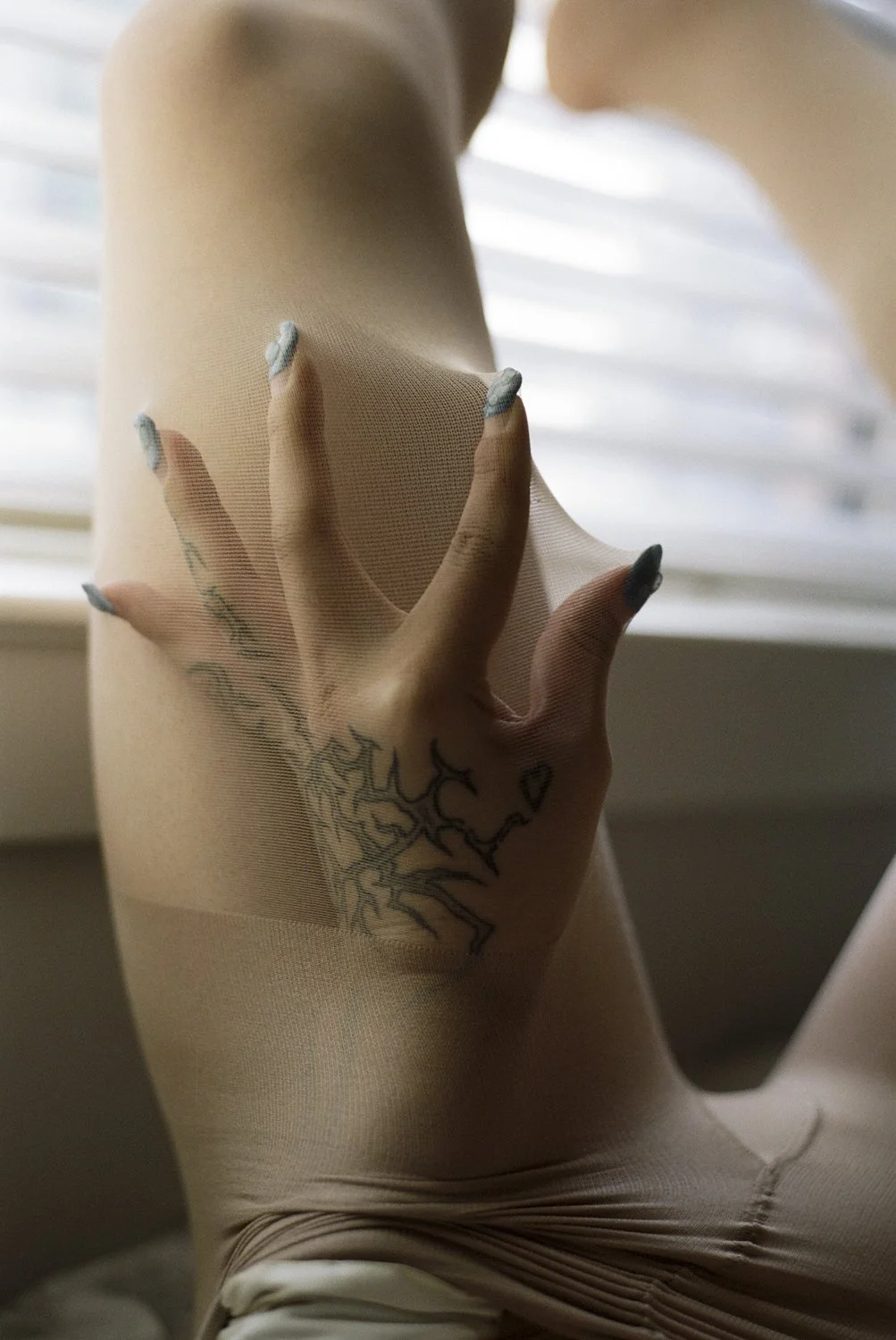Los Suiti
Magdalena Correa delves into the Suiti community, an isolated territory that requires urgent safeguard measures by UNESCO in Alsunga, Latvia.
Photography Magdalena CorreaThe Suiti region is located in the West of Latvia, near the Baltic Sea. It includes the municipality of Alsunga, the village of Gudenieki (of the municipality of Kuldiga) and the town of Júrkalne (municipality of Ventspils). Nowadays, the Suiti community is approximately around 2,000 people.
Historically the Suiti region was very populated. It is evident in the former Castro of Leiškalne (Todaižu) and the smaller Alsunga (Dižgabalkalns). Before the arrival of the German crusaders, Alšvanga was a region featuring old castle that was part of the former territory of the Bandava Curonios.
The archaeological excavations discovered, in the area of the castle of the Livonian Order of Alsunga, the remains of a pre-Christian culture. The Dižgabalkalns cultural stratum reaches two meters thick, although it was badly damaged during the Second World War.
Until 1930 the historical name “Alšvanga” was officially used. But the fashion of the 1930s to “harmonize” all geographical names, created the most acceptable term for linguists of the “Alsunga” era.
The name “Alšvanga” was mentioned for the first time in the contract of the Papal Vice-delegate Alna Balduin with the Curonios, dated December 28, 1230, according to which, they promised to become Christians, support the clergy, pay taxes and participate in the of the Christian faith fighting against the pagans. In return, they were promised freedom as long as they were part of the Catholic Church. The Bishop with Headquarters in Klaipeda (Lithuania) was elected as Bishop also of Curlandia. The lands of the Curonios were under the direct patronage of Pope Gregory IX, according to a contract signed on February 11, 1232, a copy that is kept in the Vatican Archive.
In the Livonian language “vang” is the edge of a river, the meadow near the bay of a river or the moist meadow of the forest. Linguists believe that the old name of Alšvanga actually comes from two words - Alš-vanga. Its origin can also be associated not only with the Livonian but with the old Prussian language.
The first part is the oldest known form of the Latvian word “alksnis” (the alder), which was previously called “alsis”. In the Prussian language- which is affiliated with Latvian, – “alš” means “the tree”, very similar term to the Slavic “oļša”, to the Polish “oļša” and to the old German “else”. In the Livonian language “all”, “alli”, “alliz” means “down, downhill”.
The second part of the word, “vanga”, is no longer used today in the Latvian language, but in Lithuanian and Prussian it means “meadow” or “swamp”.
On the other hand, the term Gudenieki, is similar to the Lithuanian word “gudas” and the Prussian “gudde”, and means “forest”. That is to say that the word “Gudenieki” can be translated as “those of the forest”. The word “gudi” often appears in the names in the border of Latvia with Lithuania and Bielorusia. There is exactly one village called “Gudeniki” in Ostrovecka, Grodno municipality region (Belarus). In Lithuania people who live further east, in more wooded localities, call them “gudus”. Another meaning of the word “gudi” refers to the Goths, who populated the East of Poland and the South of Lithuania until the second century AD, and can therefore be used to name the town of the Goths, transforming over time into denomination for any person who spoke in an unknown language.
The current Júrkalne has had many historical changes of its name. In medieval times, apart from its official name Felixberg (“the happy mountain”), it was also known as Jorenceļš, Lejasciems and Pilsberģis. The changes of its name stopped only in the year 1925, when officially they denominated this town like Júrkalne. The non-Latvian toponym Felixberg comes from a legend about a captain surviving the sinking of his ship by a storm. Being very grateful to God for his salvation, he built a small wooden chapel on the seashore.
The Suiti region is like an isolated Catholic island surrounded by the Lutheran Curonian Spit, with the center at Alsunga and with a history of almost 400 years. During this history the popular and pagan traditions are inseparably intertwined with Christian traditions, creating a unique cultural space, included since 2009 by UNESCO within the list of Intangible Cultural Heritage that requires urgent safeguard measures.
There was a time when all its territory was owned by a family (the counts Schwerin); roughly the same territory that today has the region of Alsunga and the parishes of Gudenieki and Jūrkalne.
When Curlandia was reformed in the year 1561, this territory also was converted to Lutheranism. But the owner of this region, Ulrich Von Schwerin, being a soldier in the service of the King of Poland, fell in love with a Polish aristocrat, Barbara von Konarska, so before marrying in 1623 he converted to Catholicism. That fact did not please his father, so he could only return to Alsunga after the death of his father. Upon his return, he invited the Jesuits to settle in Alsunga in order to convert the inhabitants of the region to Catholicism. From that pivotal moment, began the modern history of the Suiti.
Today the region of Suiti has 3 Catholic churches with active parishes; - the church of San Miguel in Alsunga, the church of Saint John Baptist in Gudenieki and the Roman Catholic parish of Saint Joseph in Jūrkalne.
The religious differences led to the isolation of the Suiti within their region and to a subsequent loss of contact with the outside world. It was this somewhat voluntary isolation that preserved a very rich traditional folk culture, including songs, dances, beliefs, customs and many other things that had already been discarded and lost in other parts of Latvia. In the 20th century, Alsunga was the last stronghold in Latvia where traditional costumes were still worn, where bagpipes were played, as well as the “kokle” (the Latvian string instrument). Only after the Second World War, did the tradition of women wearing traditional dress disappear. Much of this heritage is still alive today, which makes the municipality of Suiti unique throughout Latvia.
Suiti have a specific personal character, with characteristics such as distrust, suspicion and harshness towards strangers (at least at the beginning), which contrasts with a true trust towards their own. The Suiti are reluctant to accept the new and are considered the most obstinate and conservative inhabitants of Courland.
Today, in the historic area of the Suiti around Alsunga, only about 2,000 people of Suiti origin have survived. Almost 2/3 of them live in the Alsunga region. The NGO “Suiti Ethnic Culture Center” has been active in caring for Suiti culture since 2001. This is the largest project carried out by society so far. Thanks to the initiatives of the NGO, a weaving workshop has been established in Alsunga, kokle classes for children are offered and five international festivals of this special “burdon” style have been organized. Other projects have also been implemented, such as the VKKF, LEADER, FEDER, ERASMUS and EST-LAT programs. The NGO works closely with the only Suiti municipality that of Alsunga. The Alsunga secondary school from 2008 to 2011 participated in the UNESCO Associated Schools Project with the aim of gradually introducing the teaching of the Suiti culture into the school. Currently, classes on the Suiti culture are optional for grades 4-6.
Although the entire community is not active in the preservation of cultural identity and traditions, the initiatives undertaken (traditional and religious festivals, traditional music concerts, works of art, exhibitions, etc.) benefit the entire community. Its activities include the reintroduction and development of musical and craft skills, particularly the production of traditional costumes. The link between traditional and contemporary cultural development has resulted in the establishment and development of new activities for the preservation of traditions.
For the preservation of the cultural identity and the environment of the Suiti community, the Roman Catholic Church and in particular, the contribution of the parishes of Alsunga, Gudenieki and Jurkalne has been key. There is cooperation between the community, the non-governmental sector and the Catholic Church, which has led the joint organization to develop traditional festivals, to recover important traditions in the process of extinction and the restoration of churches and objects of great historical value.
About Magdalena
Magdalena Correa, born in 1968 in Santiago de Chile, is an artist living in Madrid who mainly works in photography and video installation.
She has specialized in photographic and video research projects about isolated and extreme territories, where man lives. Research areas: “Austral” (2006) about XI Region of Aysén in the south of Chile; “La desaparición” (2008) about Chilean village “Villa Las Estrellas” located in Antarctic; “La Rinconada” (2013) about the tallest gold mine in the world at 5.600 meters high in Ananea District (Perú); “Luxury has a new Address” (2014) about the wealth and ostentation of Kuwaití society; “Wayúu” (2015) about the Wayúú ethnicity located in Alta Guajira desert (Colombia); “Suiti” (2018) about Suiti culture (Intangible Cultural Heritage that requires urgent safeguard measures by UNESCO) located in Alsunga, Latvia.
To see more Magdalena’s work, visit her website or follow her on Instagram




















